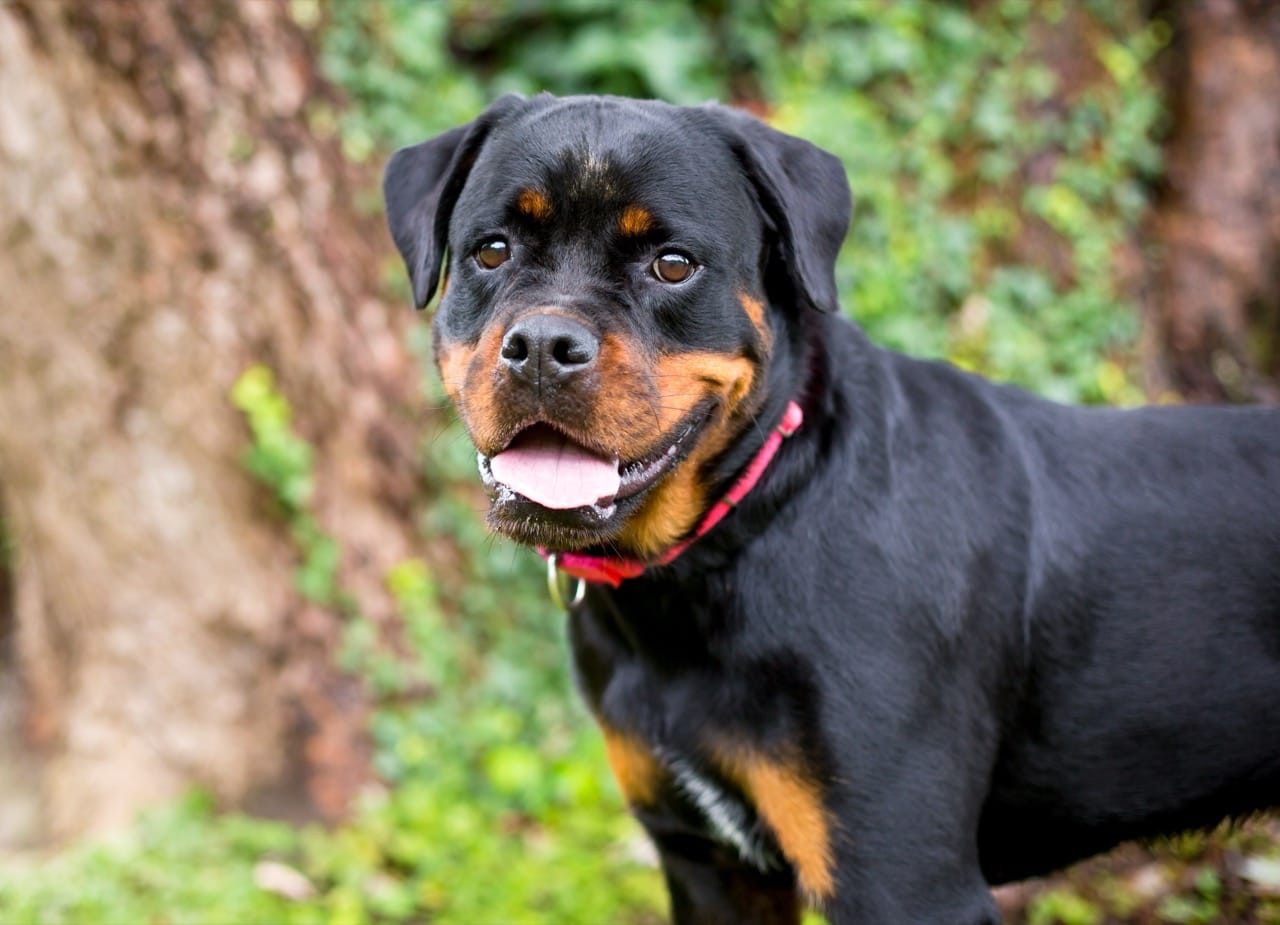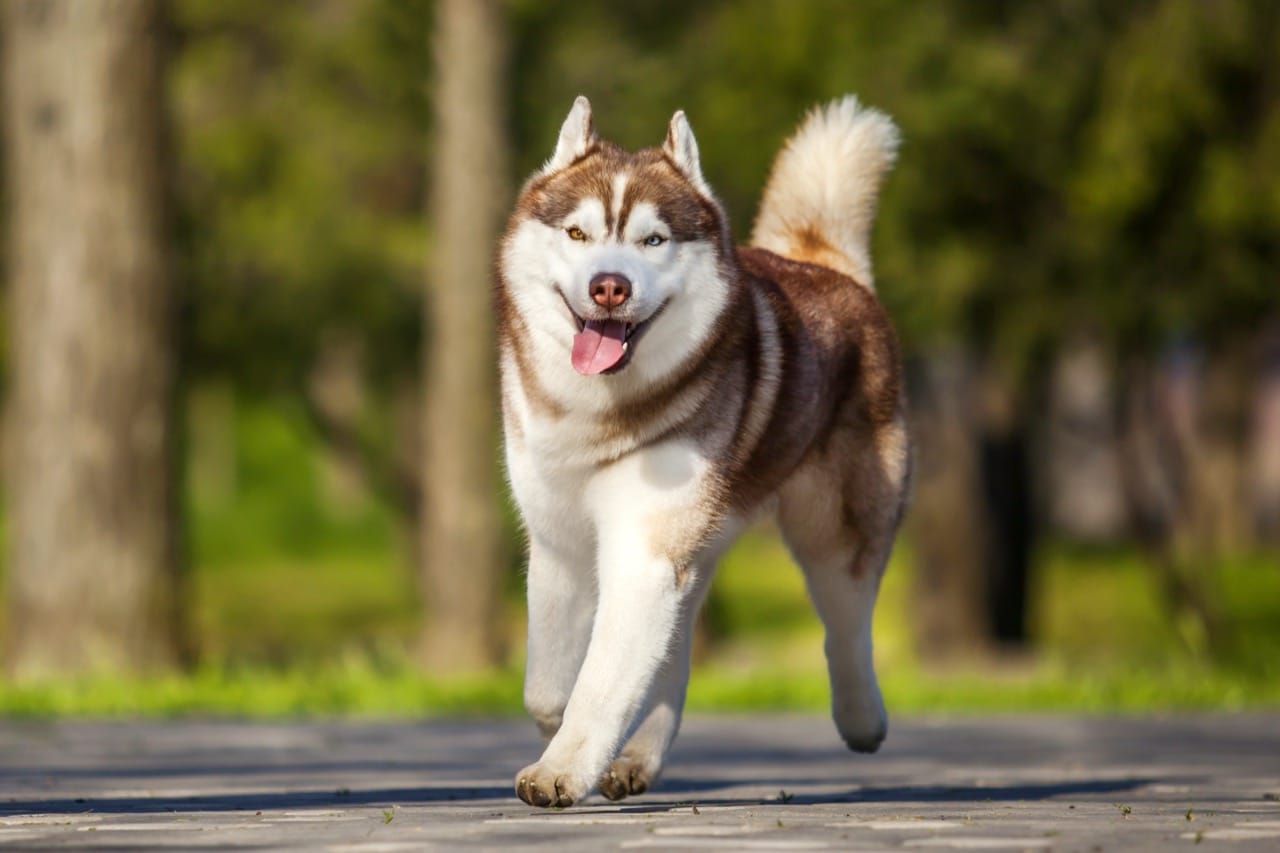There’s a certain magnetism in the gaze of a Rottweiler, a breed renowned not only for its strength and robustness but also for its deep loyalty and intelligence. Often misunderstood due to its formidable appearance and guarding prowess, the Rottweiler is a breed of immense heart and complexity. This article delves into the fascinating world of Rottweilers, exploring everything from their physical characteristics to their historical lineage, shedding light on why this breed captivates the hearts of dog enthusiasts worldwide.
Characteristics / Physical Description
The Rottweiler is a robust working breed of great strength descended from the mastiffs of the Roman legions. A well-bred Rottweiler is calm and confident. They’re typically black with defined rust or mahogany markings on their cheeks, muzzle, paws, and legs. Their coat is straight, coarse, and of medium length. A male Rottweiler stands 24 to 27 inches at the shoulder; females are slightly smaller at 22 to 25 inches. Despite their solid build, they are surprisingly agile and enduring.
Taxonomy and Classification
Scientifically termed Canis lupus familiaris, the Rottweiler belongs to the Canidae family, which encompasses other domestic dogs, wolves, and similar canids. This breed specifically falls under the working group, recognized for their capabilities in guarding, pulling, and rescue missions.
Behavior and Social Structure
Rottweilers are known for their unwavering loyalty and protective instinct. They exhibit a reserved nature with strangers but are not inherently aggressive. Proper socialization from a young age is crucial to develop their confidence and ensure they are well-adjusted. Rottweilers are eager to serve and respond positively to challenges with the correct training approach.
Habitat and Distribution
Originally bred in the German town of Rottweil, Rottweilers were used as herders and protectors of livestock. Today, they adapt well to various living conditions but do require adequate space for exercise to manage their energy levels. They are predominantly found in homes as family guardians or in roles such as police dogs across various countries.
Diet and Feeding Habits
Rottweilers thrive on a balanced diet rich in proteins and fats essential for their high energy levels. It’s important to monitor their food intake as they can easily become overweight, which puts strain on their joints and can lead to health issues.
Breeding and Reproduction
Rottweilers are generally healthy, but responsible breeding practices are essential to minimize the risk of genetic conditions such as hip dysplasia. They typically have litters of 8-12 puppies, which require early training and socialization for optimal development.
Relationship with Humans
Rottweilers are deeply connected to their human families, often perceived as ‘velcro’ dogs due to their desire to stay close to their loved ones. They take their role as protectors very seriously, which is why they are often employed in security roles and as service dogs.
Evolutionary History
The lineage of Rottweilers dates back to the Roman Empire, where they were used to herd livestock and guard outposts. Over the centuries, their roles have expanded, utilizing their intelligence and strength in various capacities.
Use as Research Animals
While not typically used in experimental research, Rottweilers contribute to studies in genetics and canine behavior due to their distinct traits and prevalence of certain genetic disorders.
Rottweilers embody strength, loyalty, and courage. Their multifaceted nature makes them not only excellent working dogs but also devoted companions. Understanding and respecting their needs and abilities are crucial for anyone considering a Rottweiler as a new family member.


